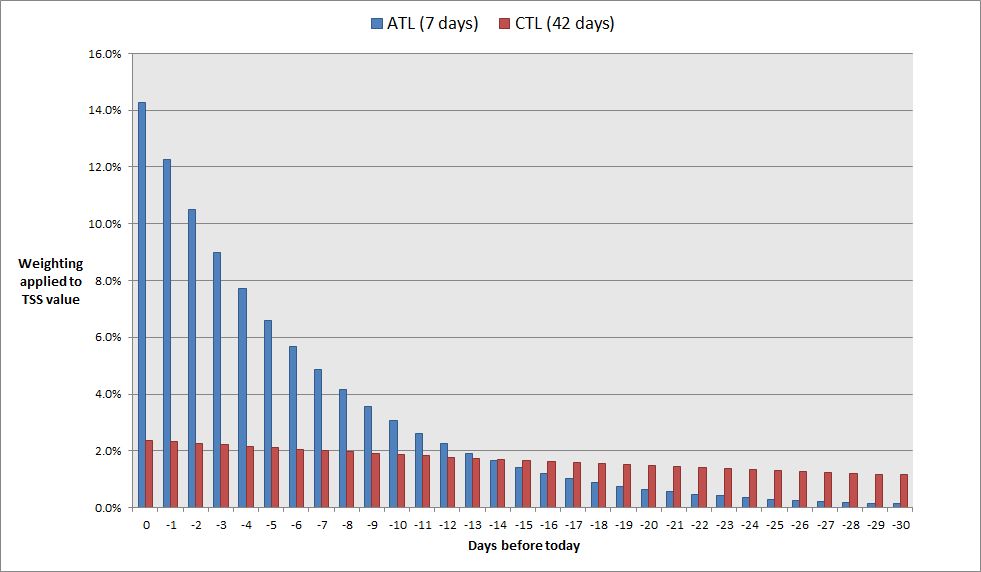I just got done reading up on the ctl and atl on training peaks and it all makes relative sense. My last lingering questions is how is ctl and atl actually calculated?
As I understand it ctl is everything 15 days and longer ago. Is it a rolling average off tss for some window (15 days to 6 weeks?) Or is it something more convoluted?
Same with ATL. Is it a simple average? I don't think they are because averaging my tss doesn't yield anything close.
Also, on the mobile app, there is a pmc chart on the main summary section and also a pmc snapshot on the current day. What's the difference between these?
Sorry if these are dumb questions. Just generally curious
As I understand it ctl is everything 15 days and longer ago. Is it a rolling average off tss for some window (15 days to 6 weeks?) Or is it something more convoluted?
Same with ATL. Is it a simple average? I don't think they are because averaging my tss doesn't yield anything close.
Also, on the mobile app, there is a pmc chart on the main summary section and also a pmc snapshot on the current day. What's the difference between these?
Sorry if these are dumb questions. Just generally curious
Last edited by:
zachboring: May 2, 15 12:30
